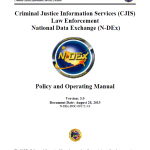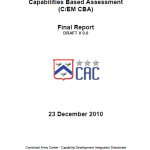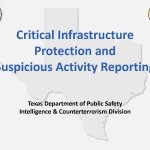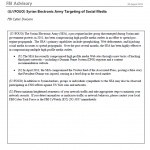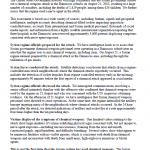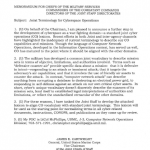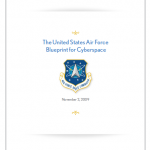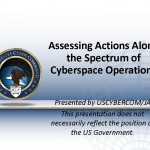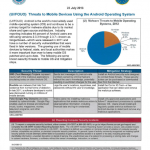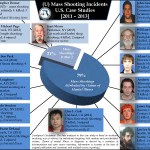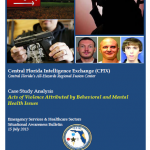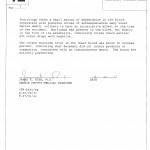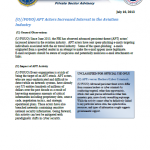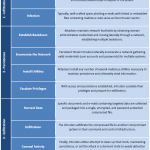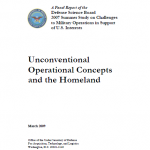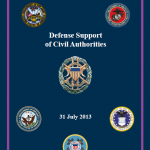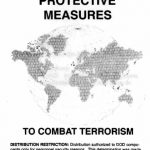
This functional concept details capabilities and effects necessary to perform operational cyberspace functions desired by the warfighter, from the present through 2030. This concept broadly describes how AFSPC intends to conduct cyberspace operations in support of both joint and AF operations of all types, and provides a foundation for developing more detailed concept documents. Moreover, AFSPC will use this concept, along with emerging joint guidance, to organize, train, and equip forces to conduct cyberspace operations. Finally, this concept provides the operational perspective to underpin the many activities necessary to realize the AF institutional vision for a mature set of cyberspace capabilities.
Read more →
